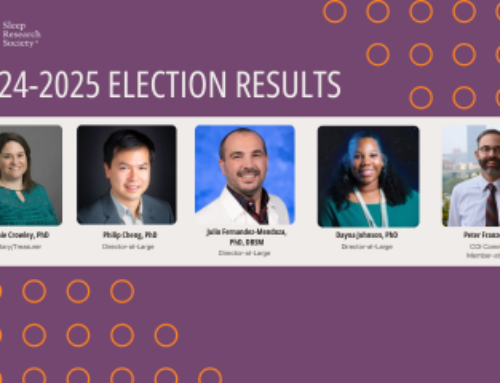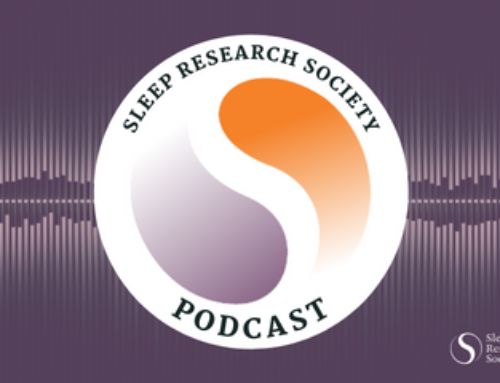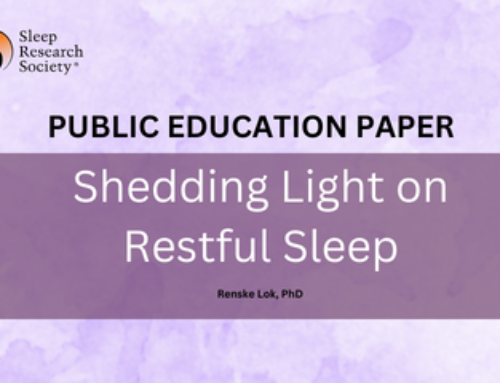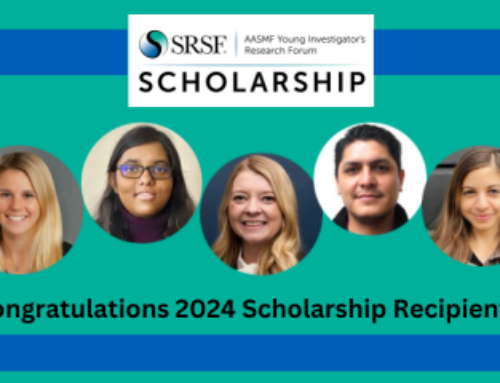It is with much sadness that we report that John Trinder, PhD, passed away peacefully at his home in Melbourne, Australia on August 30, 2021. He was surrounded by his loving family, including his wife Professor Susan Paxton.
John was an excellent scientist, and wonderful mentor, colleague and friend, and he will be sorely missed. He was a quiet positive influence on many people’s lives, providing assistance to many along the way, with no expectation of recognition or acknowledgement. We are very grateful that on August 10, 2021, many of us gathered together on a zoom call to officially honor John by renaming the sleep laboratory in the Melbourne School of Psychological Sciences at the University of Melbourne, the John Trinder Sleep Laboratory. As was remarked on during that gathering, working with John was always an absolute pleasure, and he added value to all of our lives. A brief review of John’s career follows.
John was born in Perth, Australia. He obtained his Bachelor of Psychology (Honors) from the University of Western Australia in 1965, and then PhD degree from the University of Cincinnati in 1970. He then moved to an Assistant Professorship at the University of Virginia where he was introduced to sleep research. He later returned to Australia and was a Lecturer and then Senior Lecturer at the University of Tasmania. In 1987, he would take a demotion and accept a position as Lecturer in the Department of Psychology at the University of Melbourne, in order that Susan could accept an academic position in the Department of Psychiatry at the University of Melbourne. Six years later in 1993 he was promoted to full Professor in the department at Melbourne.
For over 20 years, John continuously secured NHMRC and ARC grants (Australia’s two primary government research funding agencies) and published over 200 scientific papers. He graduated over 40 PhD and Masters students, over 100 Honours students and mentored numerous early career researchers, many of whom are currently working in research or academic positions around the world. John also played a key role in establishing the Australasian Sleep Association (ASA) in 1987, and served as President of the organization in 1988 (in 2012 he was awarded the Distinguished Scientist Award from ASA). John also attended the first ever APSS meeting! John periodically took international sabbaticals to collaborate with a range of people in the field, including several with David White at Harvard University. As a scientist, John excelled at getting to the heart of the data – wading into the weeds to really understand what was going on. While most of his research was focused on sleep and respiration, his love of research took him to a breadth of other areas in the field, including sleep in adolescents, circadian rhythms and autonomic activity, insomnia, exercise, thermoregulation, and many more. Indeed, John had a fundamental passion for the wonder and discovery that occurs with scientific research. John remained an active presence in the laboratory even after his retirement in 2015, attending the laboratory several times a week to conduct research, until COVID precautions in March 2021 forced everyone to work remotely.
There are really too many fond memories of John to list them all. His students and colleagues in Melbourne recall his office door always being open and John being willing to talk science at any time (perhaps with some quiet jazz playing in the background). His persona permeated the laboratory and made it a wonderful collaborative and supportive place to be, while pursuing top notch research. As some referred to it later, it was a “home away from home”. At the zoom meeting John communicated that the laboratory has never been just a place, but rather has been a vibrant, cohesive and inspiring friendly group of colleagues and students. He thanked everyone for all the years of collegial friendship as well as the research.
Many feel incredibly grateful that their introduction to research began there. John’s work uniform was a comfortable blue polo shirt – almost all photos have him in a polo shirt! His comments on work in the early days often came in the form of tiny red ink writing – a quick glance at the sheet showed you how much more work was needed. Quick to smile, John would often say “magic” when new interesting data were generated. John would readily acknowledge that if a thesis went to plan, by its completion, the student should know as much if not more than he did on the particular subject matter. Behind the scenes, John worked diligently to assist his mentees with their future careers, reaching out to colleagues to help line up postdoctoral fellowships and the like for his students. His assistance continued for many of us well beyond what would ever be expected of a thesis supervisor. Often we learned of John’s assistance much later, from others – he was not one to highlight his help to others. Ultimately, John modelled for all of us a wonderful passion for science, the importance of kindness to others, a great sense of humor and the appreciation for family and a good work-life balance. We look forward to gathering in person at a future SLEEP meeting, where we will raise a glass to John and toast a remarkable person.
Helen Burgess, PhD
Ian Colrain, PhD
Amy Jordan, PhD
Bei Bei, PhD
David White, MD
Christian Nicholas, PhD






